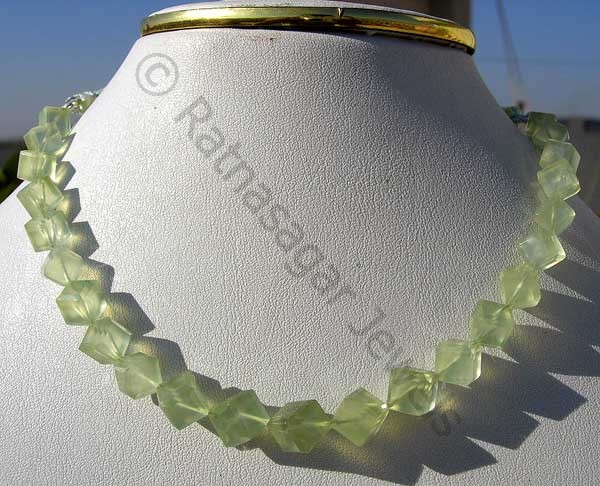Incredible neat, clean and exquisite, the Barion Cut is one of the most enticing faceting done on gemstones. Introduced in the 70s, there have been only 5000 rubies, diamonds, and emeralds that have been given a Barion Cut. What makes this gemstone faceting is its mixed origin. While most experts believe that the Barion Cut owes its origin to the Princess Cut, others prefer to link its association with the Rose cut.
Let us dig deeper into what Barion Cut gemstones are all about?
Who introduced the Barion Cut?
The first recorded account of the Barion Cut is given by famous gem-cutter, designer, and author Basil Watermeyer. Named after his wife, Marion, the Barion Cut is the perfect example of how polish and cut brings out the most fascinating aspect of gem cutting. Cut around in an octagonal square, the gem has a total of 62 facets. 29 of them are made on the pavilion and 8 on the girdle. Very similar to the Radiant Cut, the Barion has a characteristic cross symmetry visible at the center.
Why is Barion Cut made?
The Barion Cut gems are originally dull and flawed. The poor symmetry of the gems is corrected by cutting the stone along the flawed grains and inclusions. The symmetry of the Barion Cut ensures that maximum light passes through the center of the gemstone, creating a rather enthralling brilliance. Though it involves significant removal of the material, Barion Cuts are preferred over the conventional Round Brilliants and Fancy cuts when it comes to derive the highest value per-carat.
How to identify a Barion Cut?
Thanks to its unique configuration of table facet, the Barions can be easily identified from its crescent-shaped facet at the girdle and corrugated pavilion resembling floret pattern. The floret edges converge with the moon-shaped facets creating an illusion of depth. When the Length-width ratio increases, the brilliance automatically improves too.
How to choose a Barion cut?
Barion cut is best for gemstones with light colors and many flaws on the surface and inclusions. After faceting, the gemstones often end up with a rather dark hue due to higher number of facets and deeper girdle. Before choosing the Barion cut for a particular gemstone, the lapidary artist must ensure that the stone is sufficiently large to accommodate the number of fan-shaped facets.
It is a tough task setting the Barion cut gemstones owing to their deep girdle. In fact, if the moon facet is more than 68 degrees, the Barion Cut gemstones will never set in perfectly. They are often replaced by smaller Princess cut or Asscher cut.
What are the popular Barion cut designs in the market?
Barion Cut gemstones are usually preferred for engagement rings, beads, rosaries, anklets and bracelets, tiaras and broaches. Diamond Barion are perfect accessories when it comes to sporting them on the fingers. However, given their rather large girdle width, they are reserved for pendant and necklace items.

Popular Barion cut designs are faceted square and faceted cube with truncated square edge.
4ad16dd7-04fd-4520-a49a-6442e2dde73a|0|.0|27604f05-86ad-47ef-9e05-950bb762570c
Tags
: Barion cut gemstones . faceted square . faceted cube